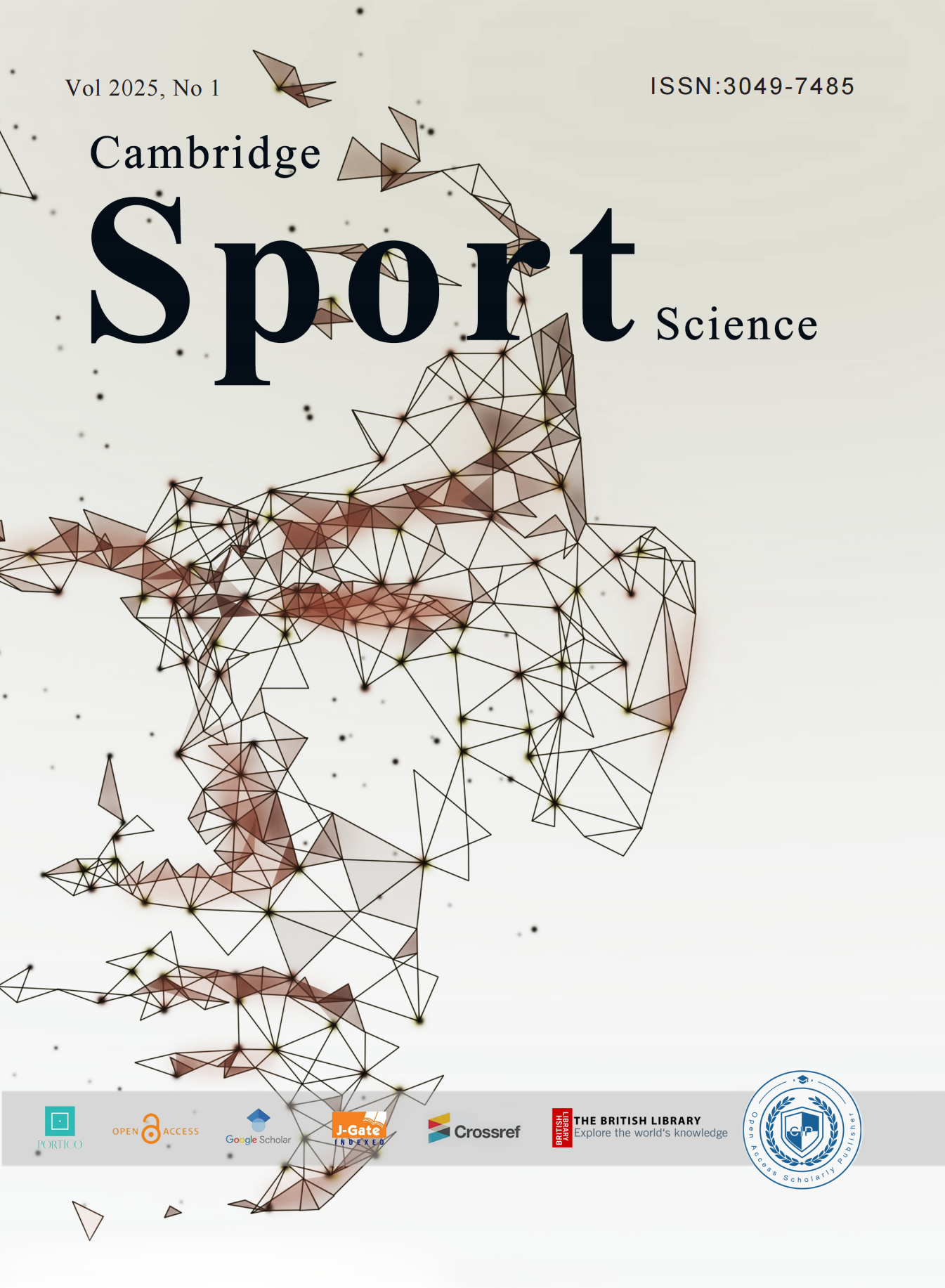Published 10-01-2025
Keywords
- Mass sports projects,
- Bicycle,
- Running,
- Leisure time
Copyright (c) 2025 Cambridge Sport Science

This work is licensed under a Creative Commons Attribution-NonCommercial 4.0 International License.
How to Cite
Abstract
The article aims to explore the differences in leisure activity frequency between cyclists and runners, as well as the frequency of participation in various mass sports activities. It also analyzes the habits and experiences of participants in these two activities and explains the correlation between their participation in mass sports activities and their lifestyle. The study sample consists of leisure cyclists (194) and runners (664), including participants in two of China's largest mass sports events, the Lake Taihu International Cycling Race and the Beijing Marathon. The research is based on both quantitative and qualitative methods, and the results show that cyclists are more active than runners and participate in more activities. Moreover, the majority of those classified as "enthusiastic" participants are cyclists. The conclusion is that an individual's active lifestyle is influenced by their previous sports participation and experiences. Most of them consider engagement in sports as a way to evaluate themselves, and participation in different sports activities represents a unique leisure lifestyle.
References
- Yu Rong Juan, Tang Jilan. Theoretical Construction of the Transformation of Mass Sports Development in China [J]. Journal of Chengdu Sport University, 2014, (5): 1-5.
- Jing Yan, Liu Jianguo, Huang Li, et al. Research on Rural Marathon Events [J]. Sports Culture Guide, 2016, (12): 48-52.
- Liu Hong Jian. Foreign Experience and Local Exploration of Social Participation in the Mass Sports Policy Process - Also on the Appropriate Paradigm of Social Participation in the Mass Sports Policy Process in China [J]. Journal of Shenyang Sport University, 2015, (6): 7-12.
- Zhao Lai an. Identity, Conflict, and Illusion of Role Clusters: Multiple Mirrors of Sports Challenge Television Programs [J]. Sports and Science, 2013, (6): 41-45.
- Ma Jie. A Study on the Impact of Hosting Major Sports Events on Urban Tourism Space [D]. Shanghai: Shanghai University of Sport, 2013.
- He Bu wen. Research on Major Events and City Image Shaping - Taking Lanzhou International Marathon as an Example [J]. Gansu Social Science, 2013, (4): 221-225.
- Li Fangfang, Shan Zhao. The Impact of the Around Qinghai Lake International Road Cycling Race on Qinghai's Tourism Image and Enhancement Strategy [J]. Tourism Overview (Bottom Half), 2013, (9): 52-53.
- Zhu Jian, Zhang Deng feng. The Development of the World Mass Sports Conference [J]. Sports Journal, 2012, (6): 42-45.

